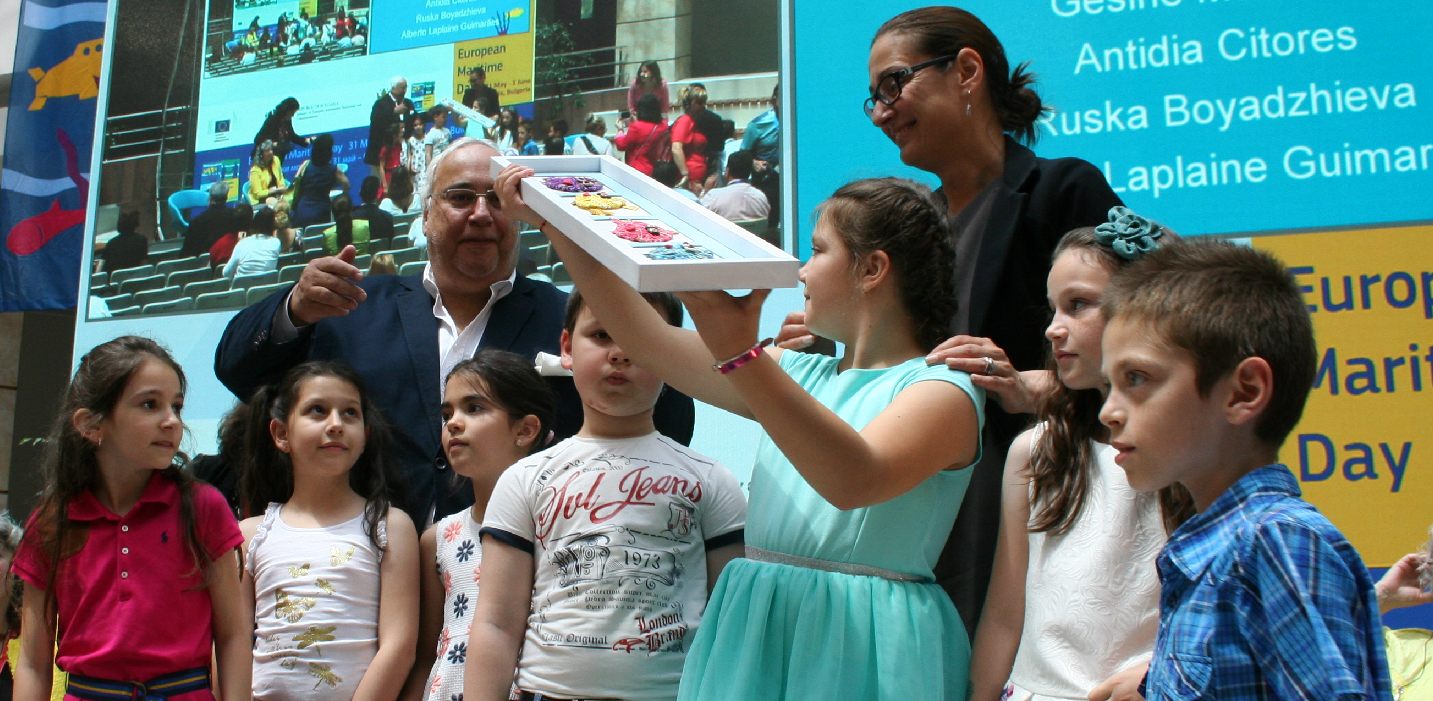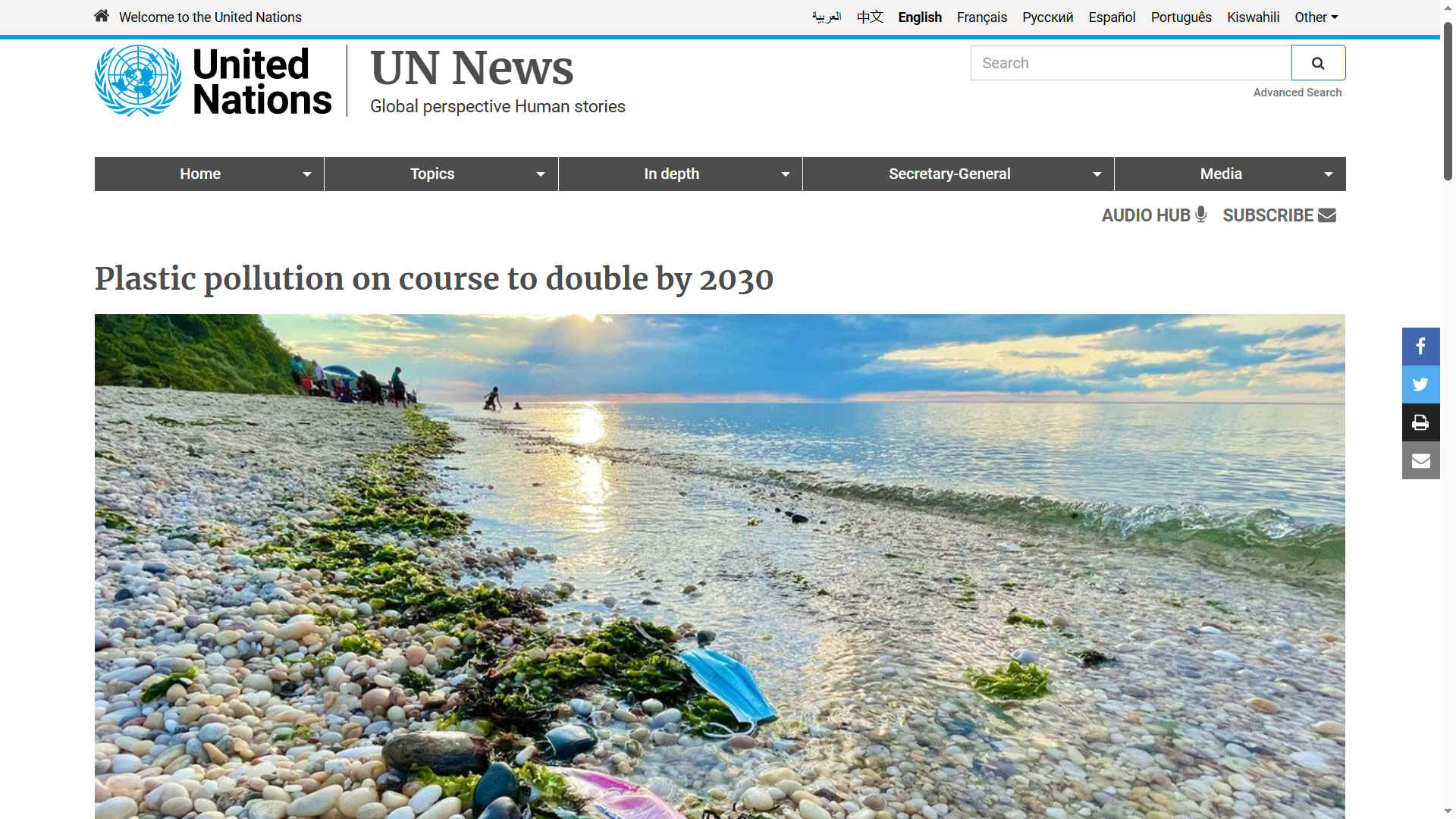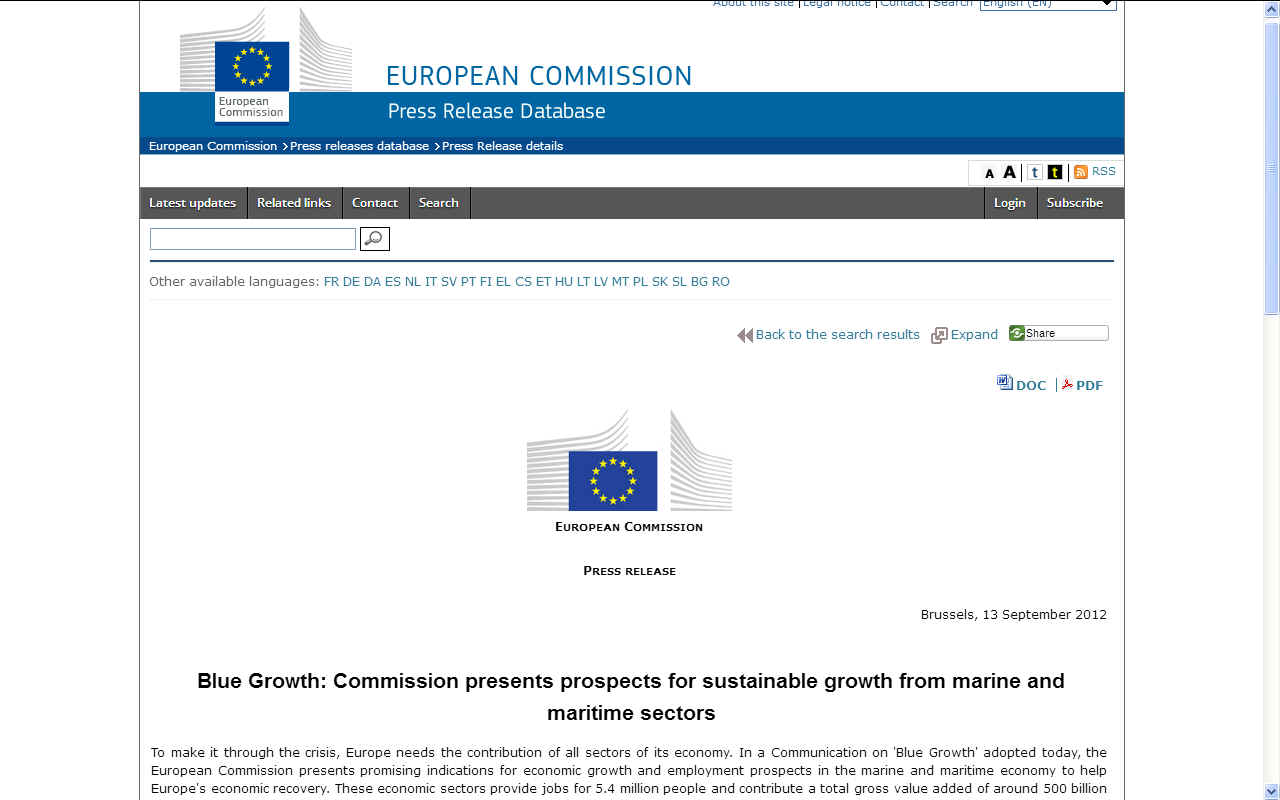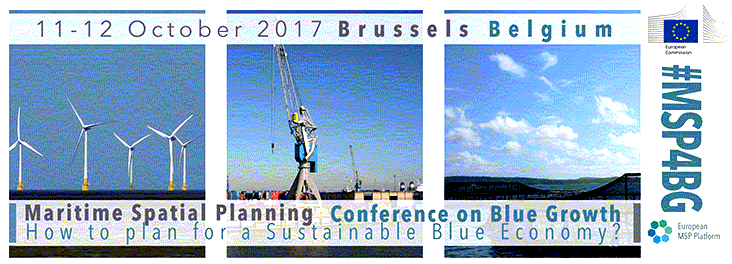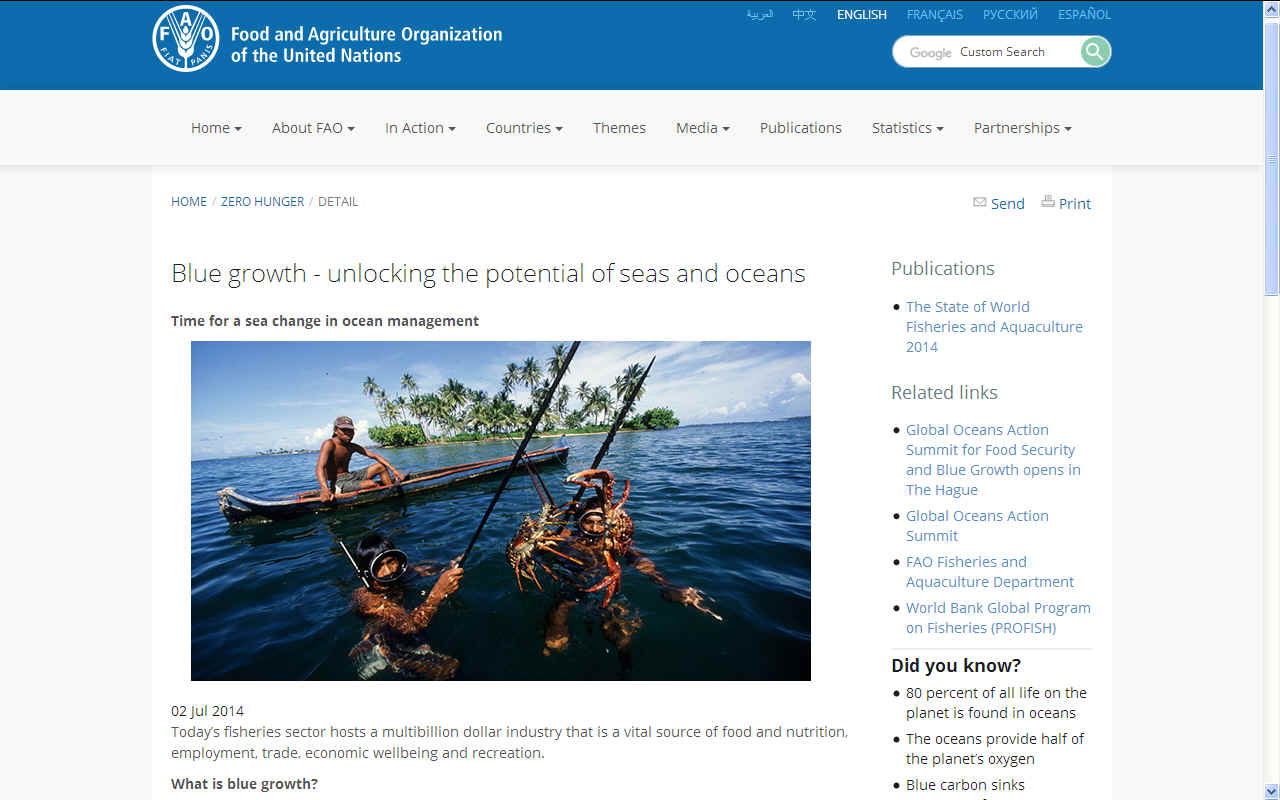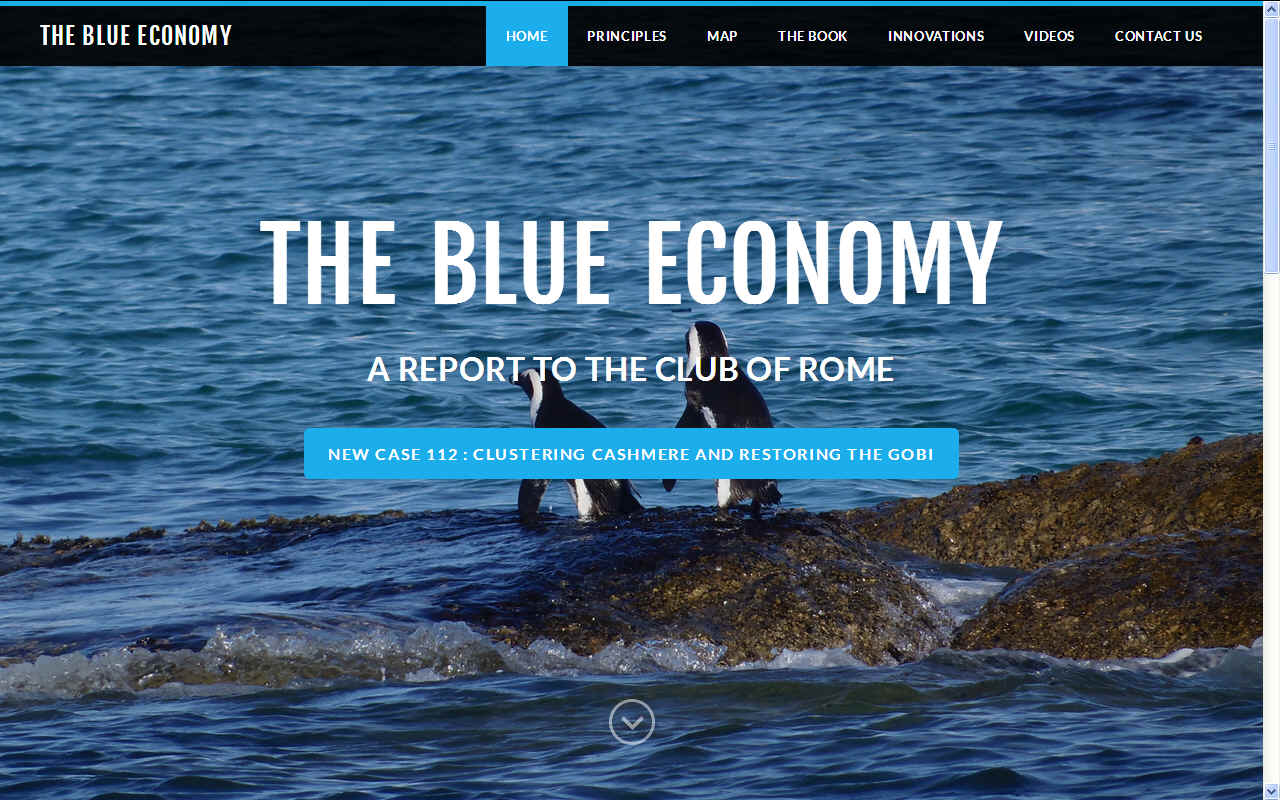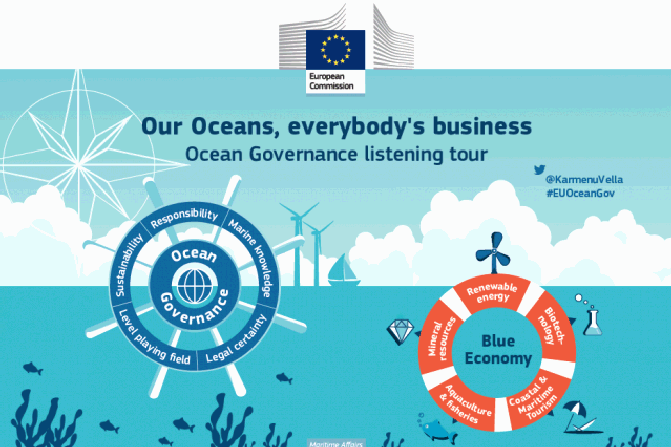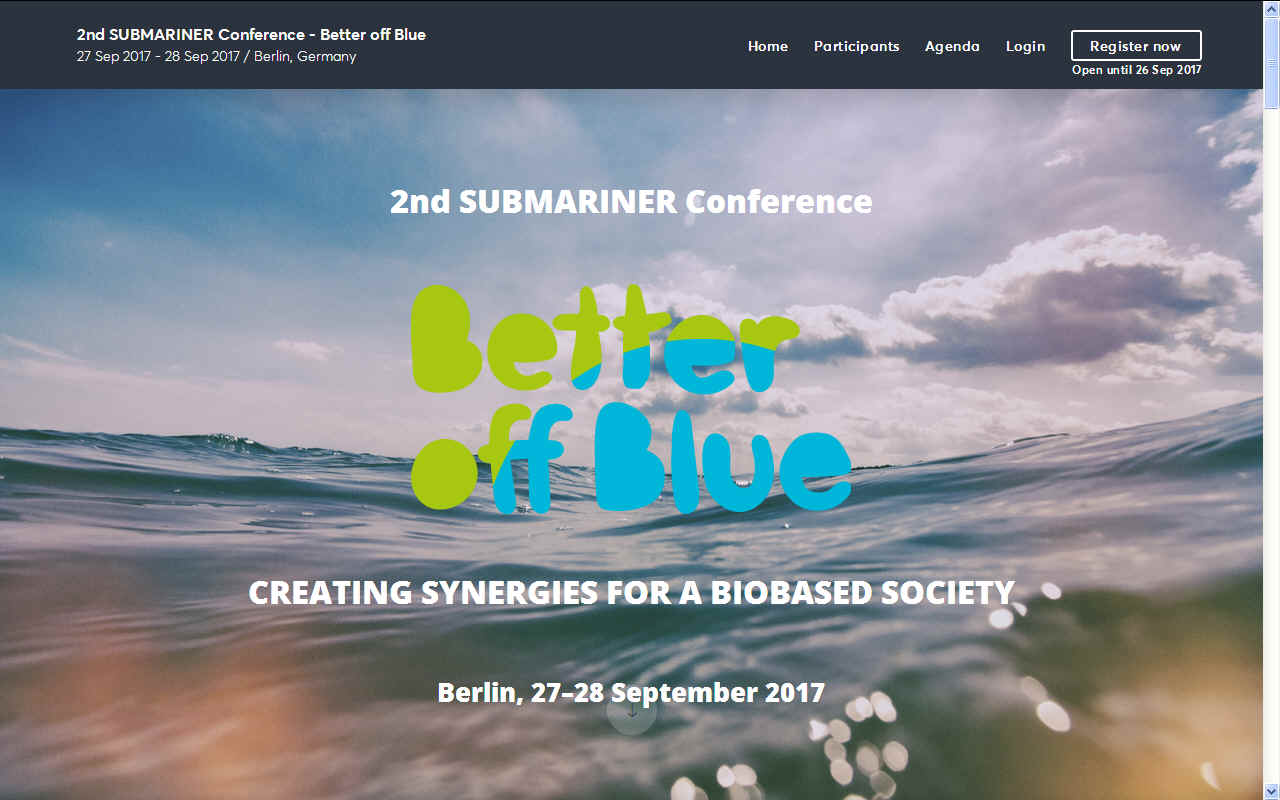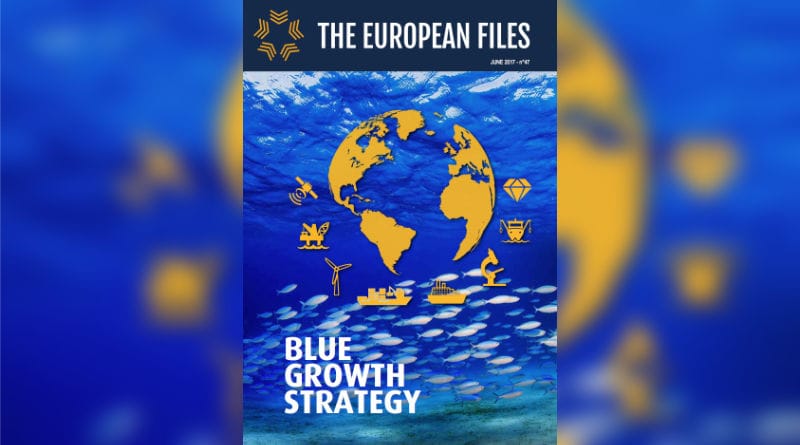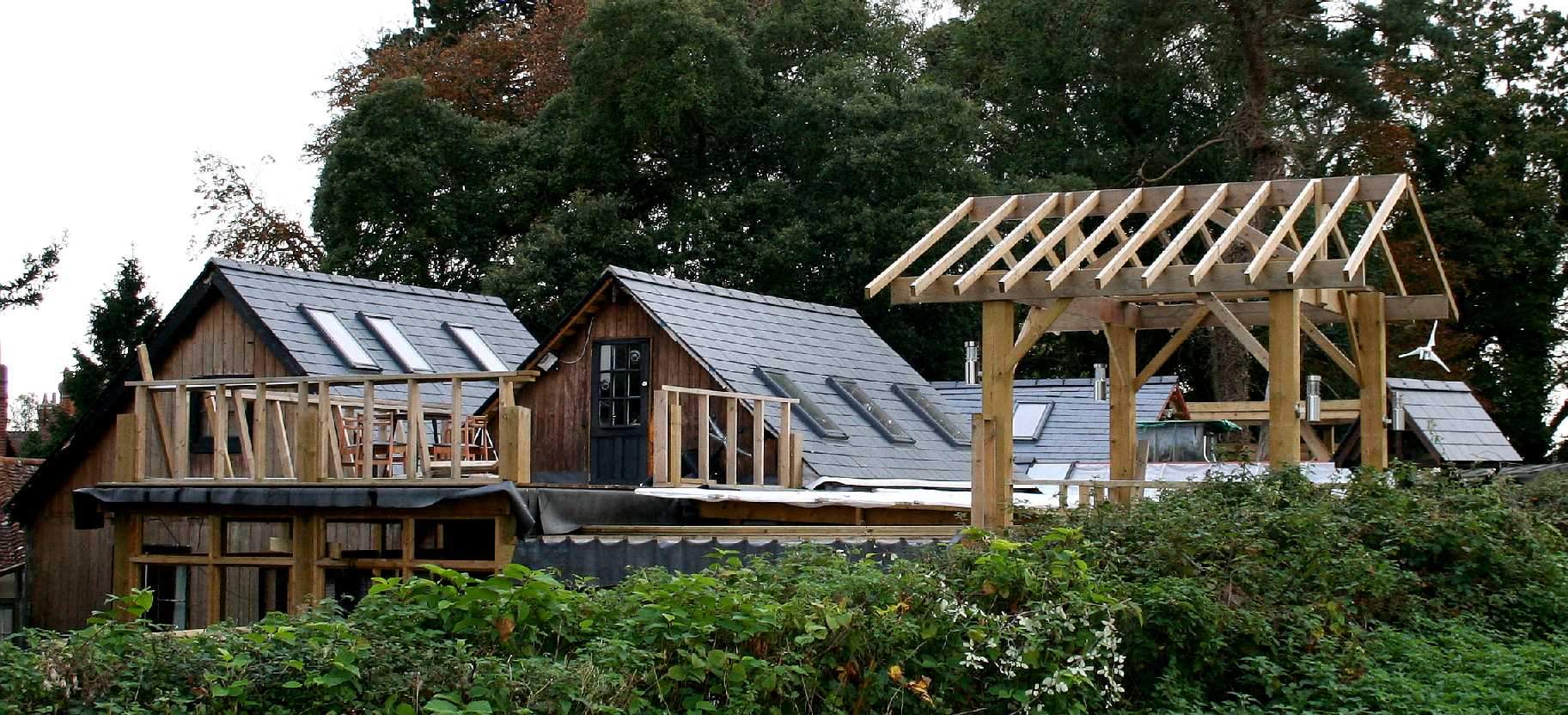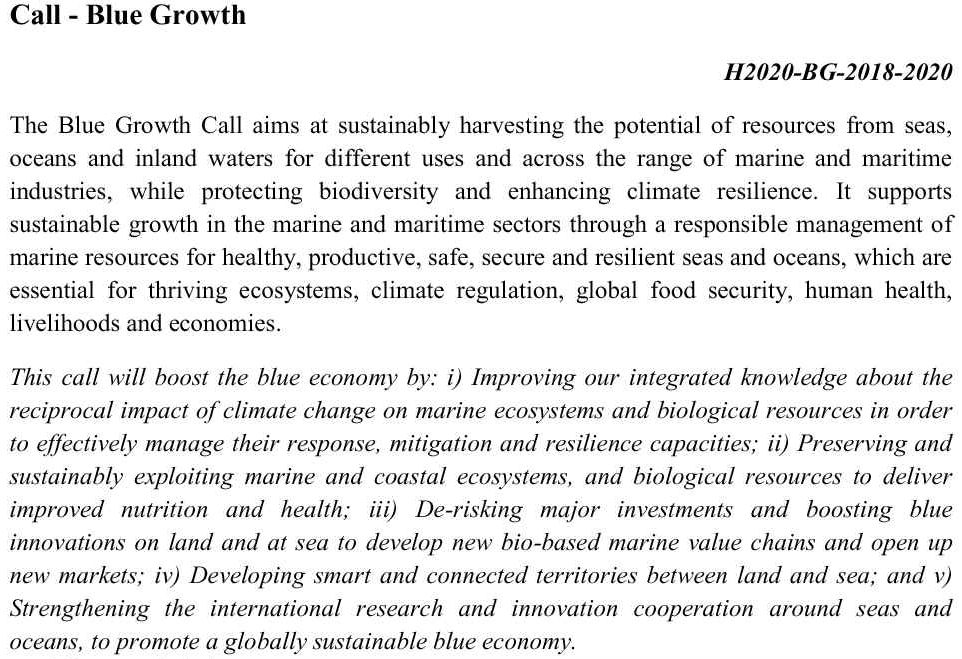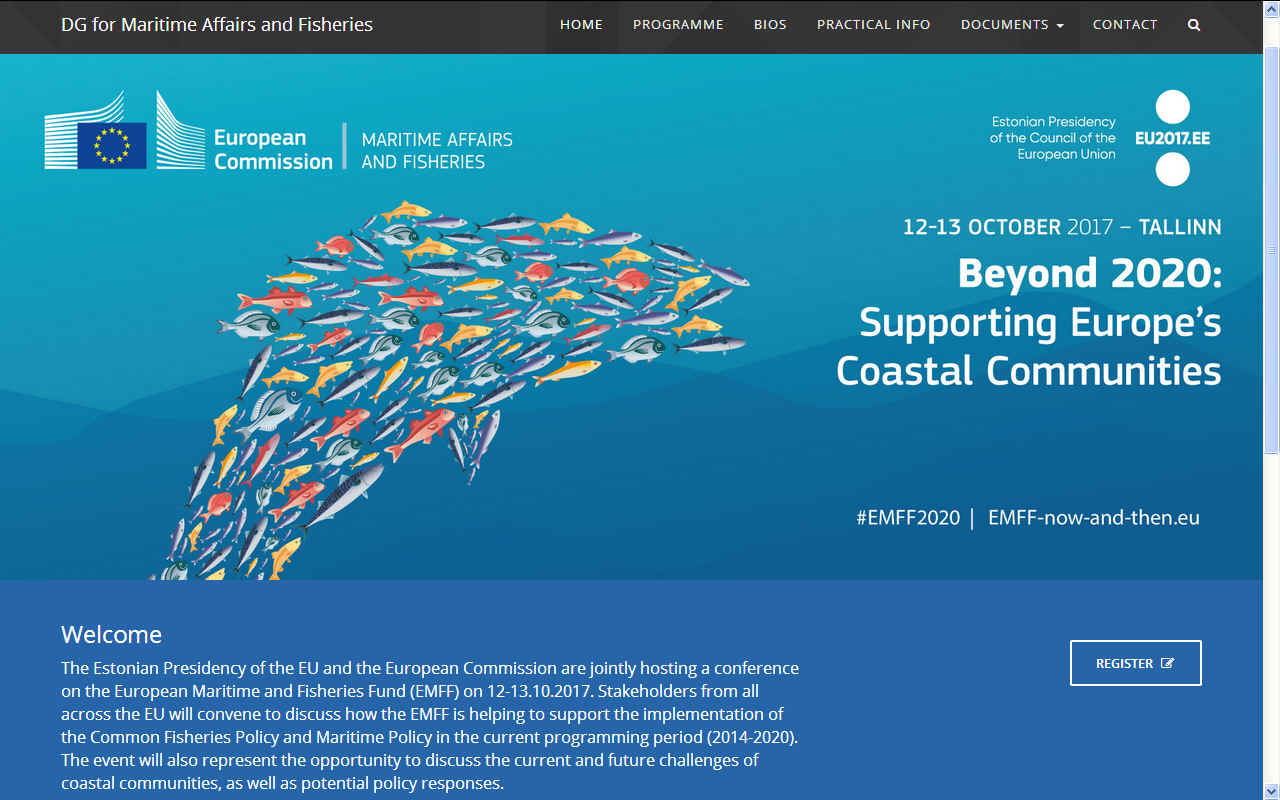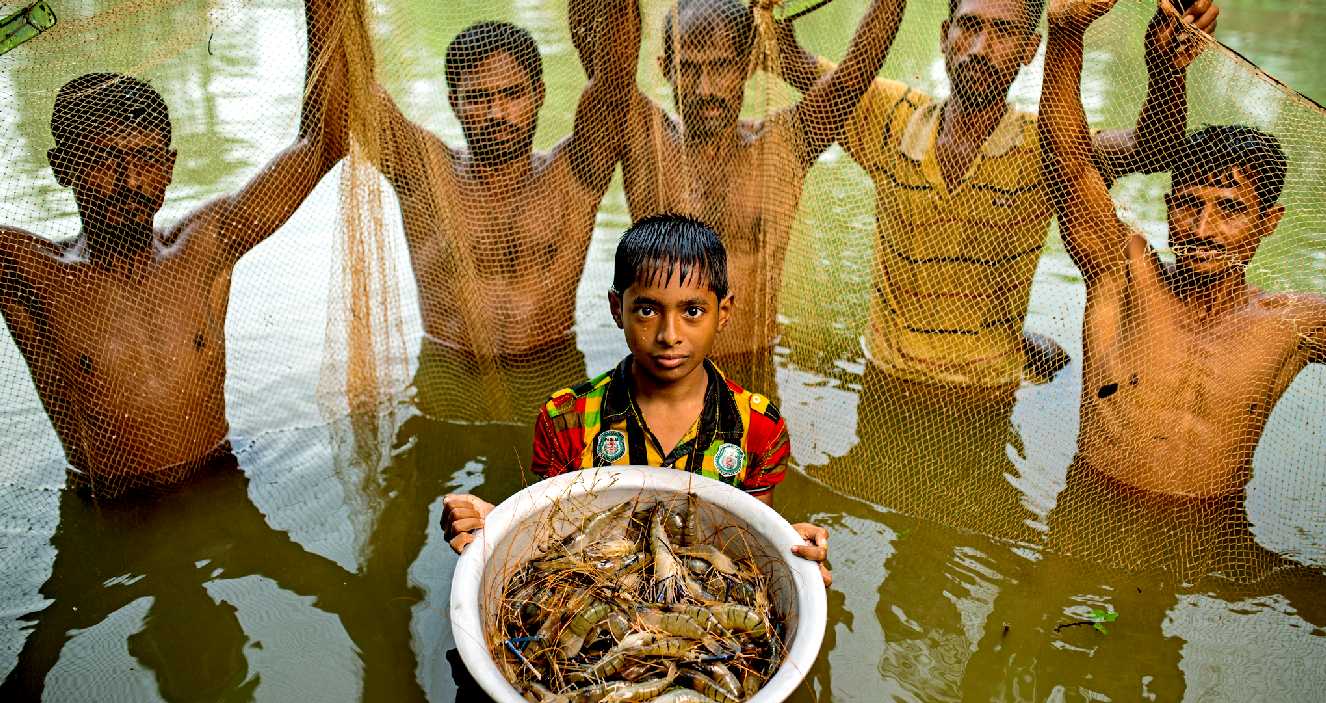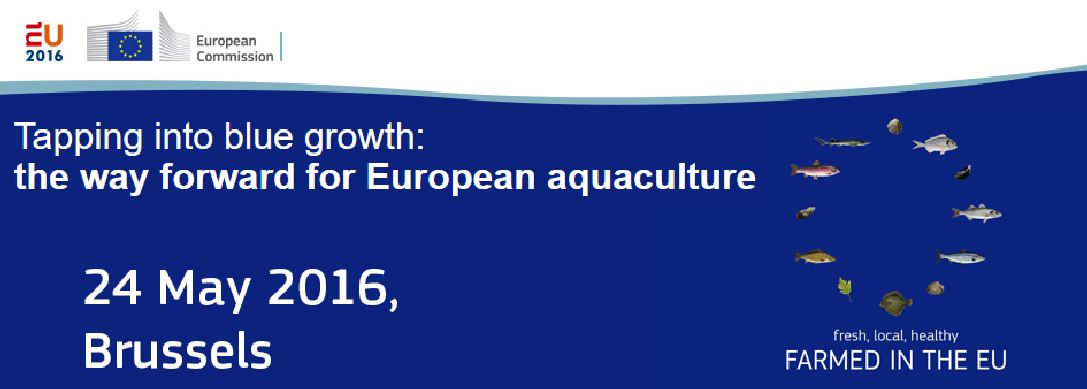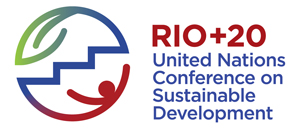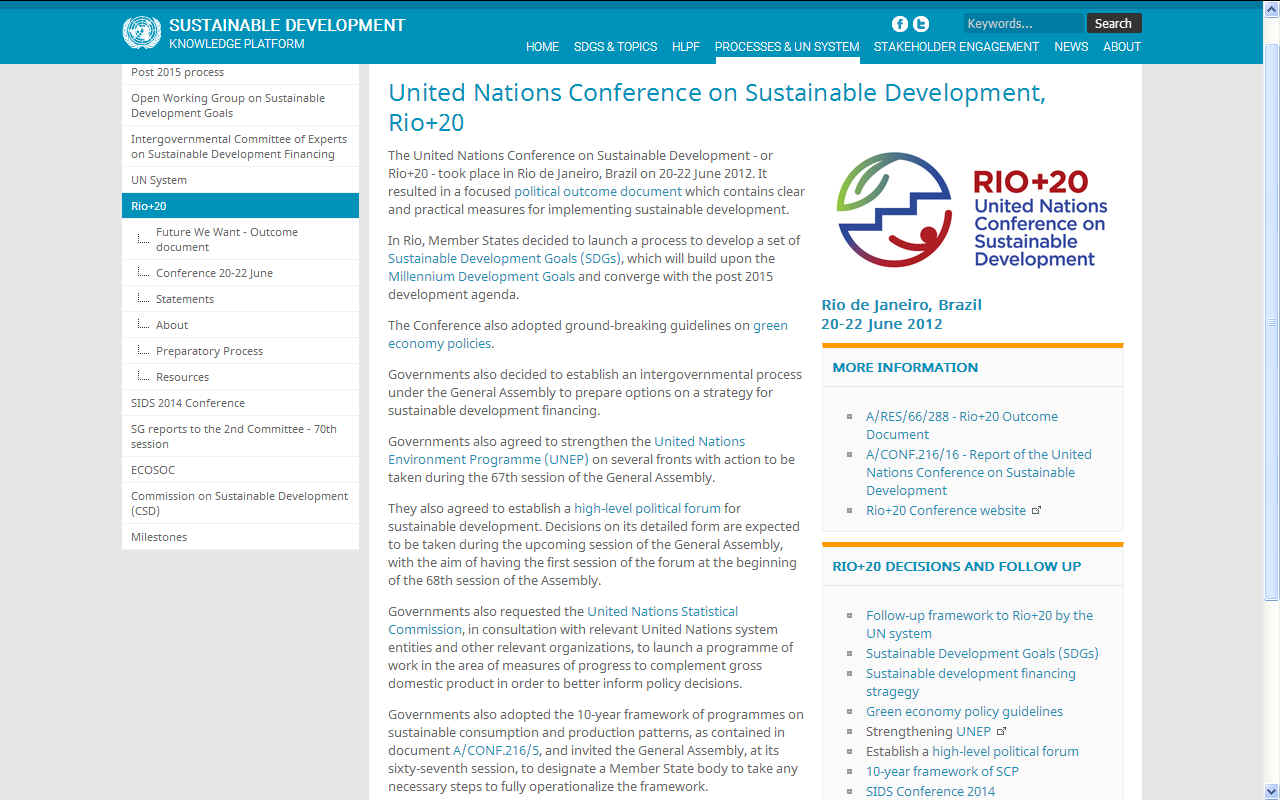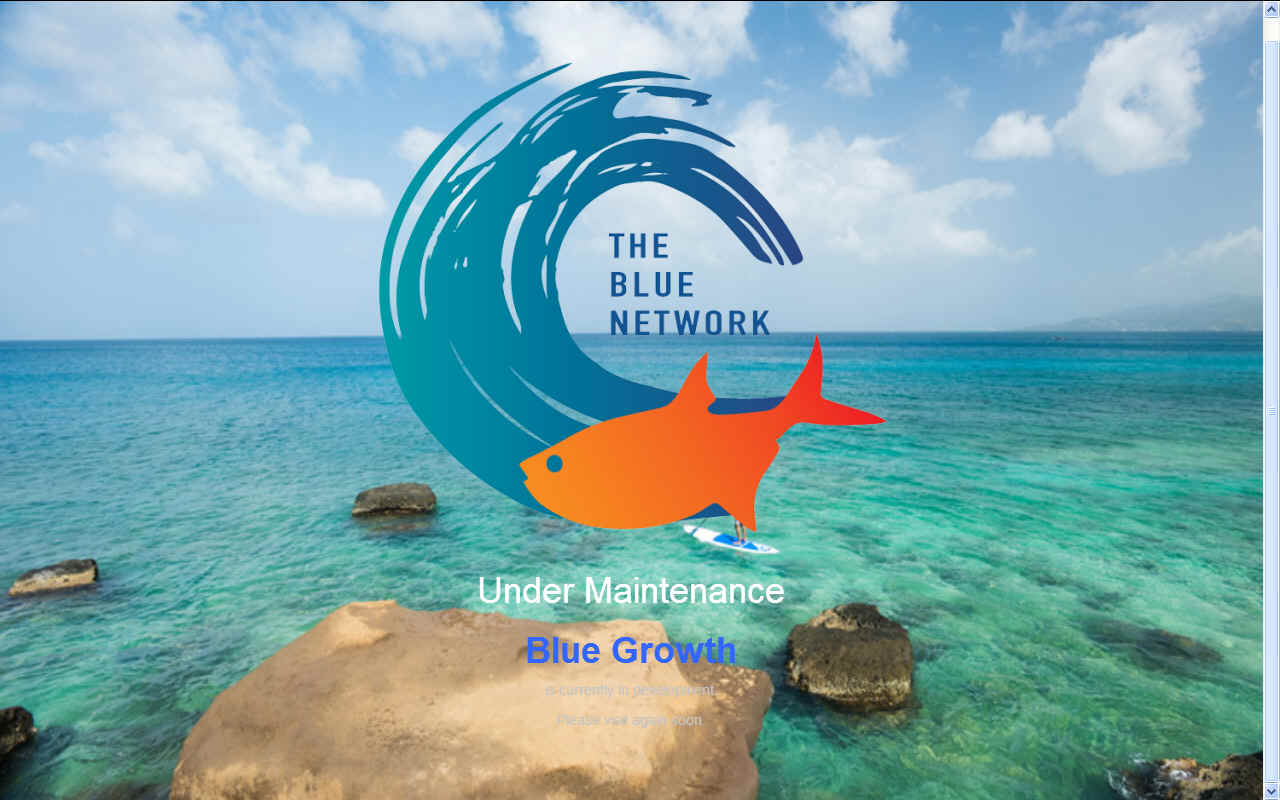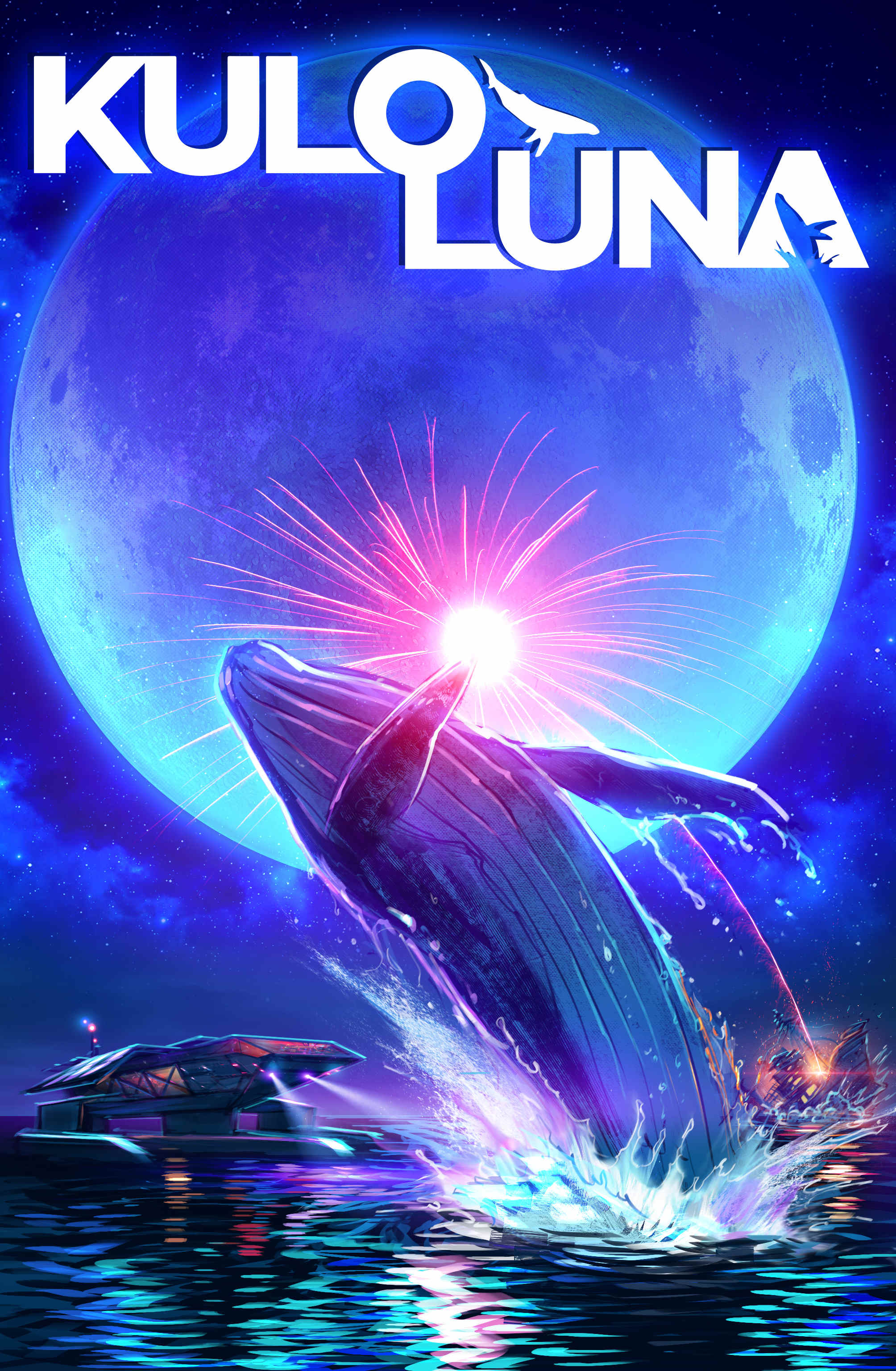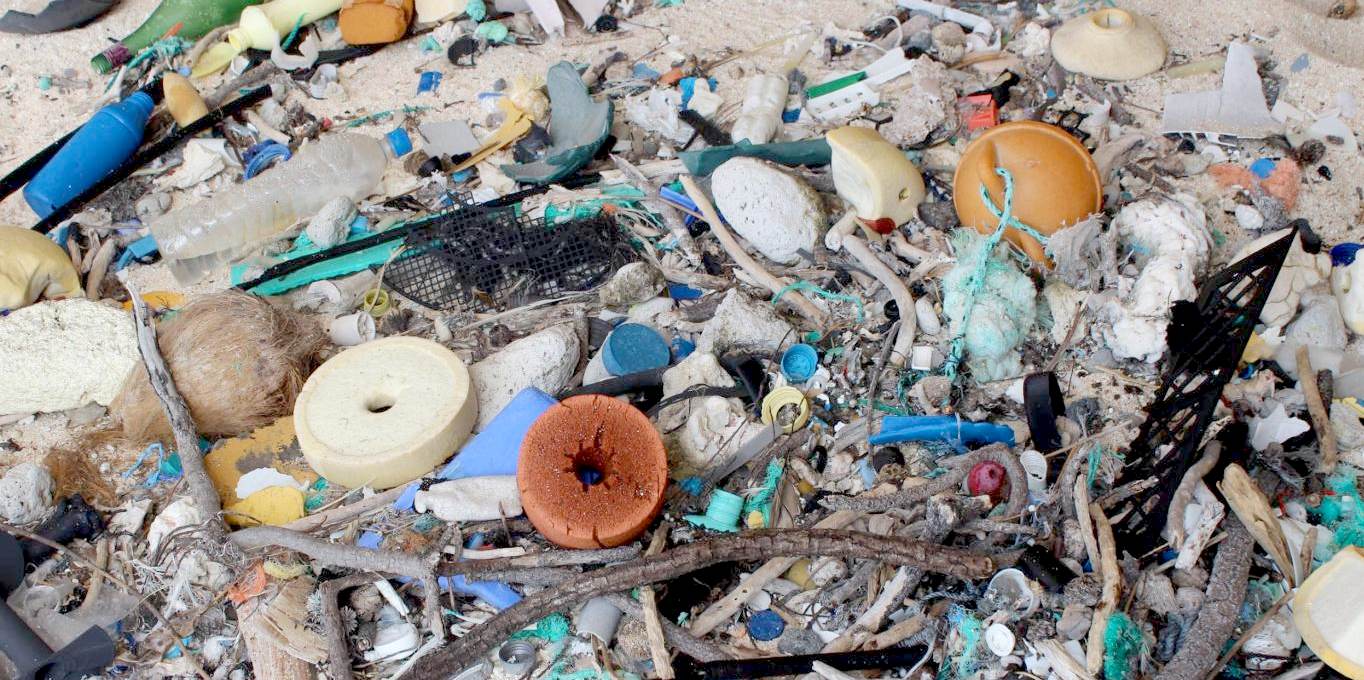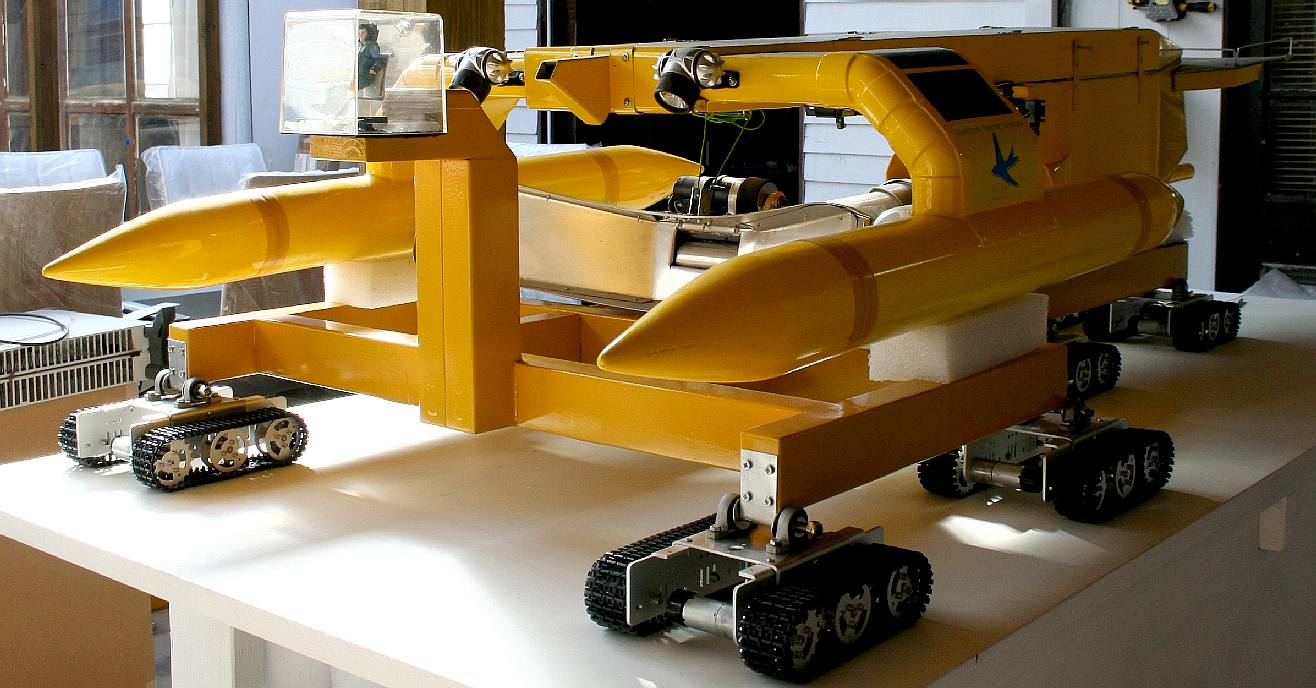|
W H A T I S B L U E G R O W T H ?
ABOUT - CLIMATE - FOUNDATION - HYDROGEN - NUCLEAR - OCEAN PLASTIC - WHALING
PLEASE USE OUR A-Z INDEX TO NAVIGATE THIS SITE OR SEE OUR HOMEPAGE
HANDOVER CEREMONY - Alberto Laplaine Guimarães is presented with a gift of maritime art from the children of Burgas and Ruska Boyadzhieva. Alberto is the Secretary General of Lisbon City Council and Ruska the Deputy Mayor of Burgas, Bulgaria. Bulgaria reinforced their commitment to blue growth in a ministerial statement to conclude this superb event for which the City of Burgas should be rightly proud. Copyright © photograph June 1 2018 Cleaner Ocean Foundation.
Blue Growth as an agenda has been on the cards for a number of years without much in the way of visible movement since 2016, when our Foundation began to look at possible cures for marine litter. Indeed, the ocean plastic menace has increased in the intervening seven years, as with global warming, with plastic set to double by 2030 according to a UNEP assessment in October 2021. Why is that?
And what is the value of the Blue Economy as we head toward 2030?
These undeniable facts notwithstanding, things could (very slowly) begin to move where the United Nations SDG 14 and the EU's Horizon Europe innovation, research (RIA) and action initiatives (IA) may begin to bite in the quest for a sustainable balance, provided that calls are on point. Where, most unfortunately, during their H2020 phase, calls saw largely ineffectual placing of grant monies, that failed to impact or reduce pollution, the reverse being true, showing a substantial increase.
The sad fact is that fish stocks are still reducing in 2023 as we head into 2024. Oceans are still acidic, and sea levels continue to rise, with the toxicity of seafood being a major issue, as a health risk to humans.
How can you get involved in the Blue Economy?
UNEP REPORT OCTOBER 2021 - Plastic pollution in our oceans is set to double by 2030, with recycling not enough (we told you so) and global cooperation needed (we told you so again). Don't let the politician spin doctors protract enacting a solution any longer. If shoppers were to boycott plastic wrapped products, apart from the fact they may starve, supermarket suppliers would be forced to switch to paper, glass and metal packaging - or face bankruptcy. The fact politicians allow them to continue as they are tells us that it is the policy makers who are to blame. And, they like it as it is, lots of money for them, backhanders (dividends) or not, taxes as income from plastic products is akin to procurement fraud - for any government involved.
Grant making authorities need to change attitudes and policies to fund real advancement, not just support comfortable academic research: "all the usual suspects." We have already exceeded the natural growth balance that planet earth could have accepted with inflationary policies, inevitably leading to global warming that means acid oceans, sea level rise and forest fires will continue unabated.
In our view a healthy ocean is the bedrock of all that the blue growth drive needs to succeed. A healthy ocean means ridding us of the plastic menace to give other facets of the challenges a chance to blossom.
In September 2012, in Brussels the European Commission issued a Press Release about 'Sustainable Growth for the Marine and Maritime Sectors':
"To make it through the crisis, Europe needs the contribution of all sectors of its economy. In a Communication on 'Blue Growth' adopted today, the European Commission presents promising indications for economic growth and employment prospects in the marine and maritime economy to help Europe's economic recovery. These economic sectors provide jobs for 5.4 million people and contribute a total gross value added of around 500 billion euros. By 2020, these should increase to 7 million and nearly 600 billion euros respectively. To realise this potential, the Commission establishes that obstacles hindering growth have to be removed and smart solutions to boost new sectors need to be implemented. By promoting marine research and innovation, by supporting innovative SMEs, by addressing skills needs and by encouraging innovative products and solutions, Europe can unlock the untapped potential for growth in its blue economy while safeguarding biodiversity and protecting the environment. Traditional sectors such as maritime transport and maritime and coastal tourism will gain in competitiveness. Growing and emerging sectors, such as ocean renewable energy and blue biotechnology, can become a key to creating more jobs, cleaner energy, and more products and services."
In almost 11 years, how much has been achieved and what needs to be done to make it happen? Well, for one thing ocean plastic waste is now fairly and squarely on the table as a major issue with the United Nations. That is advancement in itself. But, the volumes of plastic entering our oceans is increasing.
Plastic soup in our oceans is choking the planet. Turning a negative into a positive, this represents an opportunity to re-evaluate our throw away habits and spark a greater collective ambition from our global heads of state, to speed up change, with marine life at stake and our ocean bread-basket potentially gone forever, if we do not act fast enough to come up with a solution.
WE ARE TOTALLY INDEPENDENT - We are not supported by any Government or Non-Governmental initiatives, grants or other contributions such as the G7 Challenge or Horizon 2020 calls for proposals, mainly because we know from previous H2020 applications that these calls and challenges would most likely preclude us, or are so expensive to apply for that we could not afford to take the chance and waste our limited resources in applying. We are thus working on crowd funding stages that we will release in advance of any previous call for project funding being near to completion. As and when we succeed with the targets that we set ourselves, it will not be because of any politician that you have voted for, it will be because you decided to cut out the middle man and contribute to our work directly. Please only give what you can afford, just as our volunteers only work as and when they can.
WHAT IS BLUE GROWTH ?
While the EU prioritizes sustainability, some countries view "blue growth" from a more militaristic perspective. This approach focuses on expanding naval power, securing access to maritime resources, and potentially exploiting ocean resources for military applications that can lead to overfishing, increased pollution, and amplified geopolitical tensions. We wish for Blue Peace.
Non Military Blue Growth is the long term strategy to support sustainable growth in the marine and maritime sectors as a whole. The 'blue' economy represents roughly 5.4 million jobs and generates a gross added value of almost €500 billion a year in the European area alone. The ideal was adopted in part with reference to economics reflections by Gunter Pauli and the Blue Economy.
In 2014, the ocean economy in the U.S., which included six economic sectors that depend on the ocean and Great Lakes, contributed more than $352 billion to their GDP and supported 3.1 million jobs.
Such figures will be equally significant for Africa, Alaska, Australia, Canada, China, India, Japan, South America and all around the globe. Further growth is possible internationally in a number of identified area with the appropriate incentives.
Thanks to the efforts of the EU European Commission, UN Food and Agriculture Organization (FAO), Global Ocean Commission and others, the term "blue growth" is now accepted internationally with the objectives and criteria being acted on by almost all stakeholder nations who may benefit from embracing points 5-10 below.
The land based market economy, as it presently stands, is not capable of delivering to poor people as persistent rates of poverty and malnutrition demonstrate. The saying that “the rich get richer and poor people get poorer” is confirmed by the existence of poverty and unemployment, and the growing number of billionaires. Poverty is spreading in absolute numbers mainly to our youth and more mature citizens. Governments accept this hardship and hide behind the need to pursue austerity while pursuing the impossible task to balance the budget. Proof of this is that the retirement age has been raised, an attempt to bridge the skills gap and milk those at both ends of the age spectrum - who are required to work even where there is no work.
WHAT OTHER COLOURS OF SO-CALLED ECONOMIC 'GROWTH' ARE THERE?
When it comes to the economy there are many ways that we can categorize differences. One of the ways we can do this is through color-coding the different economic approaches. Here is a brief description of ten colors that can be used to describe different areas of economic focus: Silver, Gold, Orange, Green, Blue, Red, Purple, Brown, Gray and Black economies:
ENEMY OF BLUE GROWTH
At the moment the common enemies of blue growth are: 1. Marine Plastic Pollution, 2. Climate Change, 2. Over or Pirate Fishing. These issues affect tourism and marine transport from fuel-burning pollution.
MSP4BG -
Blue Growth has become a major policy objective for the European
Commission, Member States and a broad range of maritime actors. It has contributed to jobs and economic growth, supported innovation and research, and promoted a collaborative and inclusive approach to the maritime economy. However, there are still many challenges facing the development of maritime
economies as follows:
3. Stakeholder engagement – how to ensure that maritime economic development is transparent and inclusive enough?
Maritime Spatial Planning
(MSP) can help to accommodate tomorrow’s Blue Economy by creating a framework for evidence-based and inclusive maritime spatial plans from national authorities. MSP reconciles economic needs with other dimensions and demands, including the protection of the environment, the supply of ecosystem services, the interactions between activities and processes occurring at sea and onshore, and cross-border cooperation.
BLUE GROWTH STRATEGY
Blue growth strategy is the latest thinking to grow our ocean economy for a sustainable future world where there is food and energy security for every country and jobs for those who want to work on or in the sea. Hence, "blue" refers to water and "growth" refers to economics.
Generally, "Blue Growth" is not location specific and there is no international strategy where each player must do certain things as part of their piece in a jigsaw. There is no world plan, agreement or fund to work to this end. Instead, each region has its own local agenda and areas of effort and concentrates on making their patch better with pockets of funding available for specific projects - as relate to targeted geographical areas.
#HORIZON EU MISSIONS 2030
The good news is that the concept is spreading with the work of many organizations like the United Nations FAO and EU DG-MARE, getting the message across to many member administrations. The UN's FAO in particular and the World Bank support location specific projects. Though care should be taken not to over-lend, considering the staggering levels of international debt - much of which might never be repaid.
Ultimately, blue growth is about gains the world over. An example of this is where improvements in ocean chemistry will benefit all nations due to the currents that continuously stir up and distribute polluted acid water around the globe - so that non-polluting regions who are keeping their patch clean are now dirty for no fault of their own - and there is no compensation mechanism for the clean nations to make a claim on the dirty administrations - where pollution from the untidy culprits reaches the shores of another.
Rather than escalate the problem, the onus is on sharing knowledge and leading by example, such that other nations not yet at the stage where Blue Growth is high on their agendas, to help them to see the gains that raising the bar will bring for them in the long term.
MAIN BLOCKERS
We are facing four major problems that seriously hinder blue growth:
1. Ocean Pollution - poisons wild fish, also the source of feed for aquaculture 2. Over Fishing - depletes wild fish stocks, threatening food security & productive fisheries 3. Climate Change - ocean acidification & fish migration 4. Over Population - demands more fish than the oceans can at present provide
BLUE GROWTH - The Blue Economy responds to basic needs of all with what you have, introducing innovations inspired by nature, generating multiple benefits, including jobs and social capital, offering more with less. Solutions are first and foremost based on physics.
MAIN GROWTH AREAS
5. Ocean Regeneration - cleaning our oceans to preserve the resource and cleanse the toxic food chain 6. Aquaculture - now generates around 50% of world produce, mostly subject to wild fish feed 7. Ocean Energy - offshore wind and wave energy for clean power 8. Biotechnology - Identifying, harvesting and producing medicines 9. Coastal Tourism - To engage the public in ocean matters and reduce air travel 10. Green Ships - Cargo and cruise ships that are cleaner, preferably zero carbon 11. Green Ports - Ports and docks that are more efficient at handling passengers and cargo
Which one of these is the most important for you depends on your point of view, but all potential solutions that stand a chance of returning us to a sustainable society, depend on every one of us recognizing the problems and doing something about it, if that is within your grasp - and that is an Ocean Literacy issue.
Research is the bridge between the problems of today and the solutions for tomorrow. There are enough graphs of climate change, biodiversity loss, obesity and other negative products of the current industrial food system – to make the case for proper investment in long-term solutions and an appropriate, inclusive, ethical food (fishing and farming) research agenda. Yet, the evidence has been largely ignored.
1. OCEAN POLLUTION
By loading up the oceans with plastics, oil and other pollutants we are harming the marine life that we rely on for food, where food security is vital to stability and there are more mouths to feed every day from diminishing agricultural and aqua-cultural resources.
Is it possible to clean the (global) ocean up?
At the moment deep sea trash deposits look as if they a there to stay, but there is hope that vehicles like SeaVax™ can make an impact on surface litter and gyre soups and so significantly slow deep sea deposits. At the moment this is just a dream for the team at the Cleaner Ocean Foundation, but with suitable funding to construct a prototype SeaVax™ the Foundation would be prepared to put theory into practice - and have already begun planning to build in the hope that support for this valuable research is forthcoming as part of the UN's Agenda 2030 sustainability drive.
There are 5 swirling ocean garbage patches called gyres. The largest gyre is the Great Pacific Garbage Patch, located between Hawaii and California, held to be about the size of France at the moment.
MARINE
LIFE - Join us at #BetterOffBlue17 to create synergies for a biobased society!
Confirmed keynote speakers include: Bernhard Friess, Director for Maritime Policy and Blue Economy, Directorate-General Maritime Affairs and Fisheries, European Commission; Jakob Granit, Director General, Swedish Agency for Marine and Water Management; Christine Lang, Chair of the German Bioeconomy Council and member of the Baltic Sea Region Bioeconomy Panel.
2. OVER FISHING
In an effort to feed the growing population we are plundering the ocean depths with giant trawler nets causing serious damage to ocean ecology and wild fish stocks. We must regulate industrial scale fishing by imposing serious financial penalties and boat confiscations if that is the only way to prevent unauthorized catches. Diesel subsidies for large trawlers should be banned and fines imposed for damage to the seabed.
Fisheries scientist Daniel Pauly and economist Ussif Rashid Sumaila have examined subsidies paid to bottom trawl fleets around the world. They found that US$152 million per year are paid to deep-sea fisheries. Without these subsidies, global deep-sea fisheries would operate at a loss of $50 million a year. A great deal of the subsidies paid to deep-sea trawlers is to subsidize the large amount of fuel required to travel beyond the 200-mile limit and drag weighted nets.
"There is surely a better way for governments to spend money than by paying subsidies to a fleet that burns 1.1 billion
litres of fuel annually to maintain paltry catches of old growth fish from highly vulnerable stocks, while destroying their habitat in the process" – Pauly.
The logical conclusion is that diesel fuel subsidies are counter to blue growth and fishery regeneration.
Is it possible to prevent over fishing?
It is almost impossible to prevent illegal catches even with the rules for offshore fisherman and the quota system, and shore catch limits for anglers. Trawlers present a huge problem and by-catch, but with persistent monitoring, a reduction in harmful subsidies and improved technology, progress can be made.
Source: Report of the Secretary-General, "Progress towards the Sustainable Development Goals", E/2017/66
Climate change is affecting the chemistry of our oceans, melting the ice caps and potentially placing the whole planet in a crisis 'burn out' situation with a sulfur build up that is reducing reflection of solar radiation creating a feedback loop that warms the earth more. We simply must change our energy usage patterns to do all we can to reduce harmful emissions.
What we need is greener vehicles for both land and sea transport. We also need green energy for our factories and homes, where air conditioning to cool houses and shops consumes large amounts of energy that should be offset with micro and macro generation schemes.
RECYCLING OLD BUILDINGS - Solar House is an old generating building dating from C.1900 that formerly burned coal gas made on site from coal to produce electricity for a country manor house and a local Sussex village up until 1936. The village of Herstmonceux boasted street lighting and electric ovens by 1913 because of this enterprise. Today this monument to innovation in the age of electricity is being equipped with photovoltaic panels, a wind turbine and solar water heaters - to become all but self sufficient in energy terms. Strangely, the local authority objects to such eco-upgrading, apparently not realizing that the fight against climate change begins at home. The attitude of this council that should be urging property developers to go green is disturbing to say the least, and may be more widespread in the UK rather than an isolated case, where it seems that some councils are living in the dark ages in terms of planning policy that is not being implemented as it was intended by the British Government. All the more reason for an awareness campaign, to shake the cobwebs from the (uninformed) corridors of power. This humble building is a World Heritage contender. It is the earliest surviving example, anywhere in the world, of a generating station with load-levelling.
4. OVER POPULATION
There is not much anyone can do to prevent population increases where humans are biologically programmed to procreate, other than offer educational support and contraception advice or even free contraceptives, where 'Human Rights' freedoms take precedence. That is why points 1-3 are so very important. In effect, we need to recondition the planet to allow for human expansion in circular economy fashion in the hope of achieving population equilibrium that does not displace other life on earth or lead to World War Three annihilation; hence the militaristic term: Food Security.
THE CIRCULAR ECONOMY
Blue Growth is part of what is the drive for a Circular Economy. Blue growth is about more than just fishing as you may at first imagine. Blue growth encompasses:
* Aquaculture: That is more about producing more fish, rather than producing high value fish from low value fish *
Biomedicines: Derived from ocean produce * Fishing: Reducing back-catches and over fishing * Green Cruise Ships: Solar and/or wind powered * Green Cargo Ships: Zero emission transport * Marine Innovation: Better ways of doing things * Marine Technology: Machines, robotics, satellites *
Marine Research: Exploring and understanding our oceans *
Ocean Regeneration:
Cleaning up toxic waste *
Waste reduction: Reducing dumping in our oceans and seas The Cleaner Ocean Foundation is concerned with zero emission ocean transport and (technology) research and development that leads to cleaning up our oceans - so promoting Blue Growth.
In reality, 'blue growth' is better described as: "Blue Green Growth." And the reason for this is because in order to be sustainable a transition to clean technology is needed.
A CIRCULAR ECONOMY - Where our Foundation is all about conservation aiming for a truly Circular Economy, we will be looking at ways of using green energy to boost blue growth along with ways of working on land to reduce the waste that we dispose of in the sea.
On this subject, responsible packaging and waste disposal on land is the obvious place to start where developed countries could and should have a comprehensive cradle-to-grave waste collection and treatment scheme, or where packaging is designed from the outset to be ocean friendly - to cater for the inevitable.
OCEAN LITERACY - It is not that corporations will not work to this end, it is more that the owners of many organizations and their shareholders have not yet realized the harm that their current practices are causing, or that there is no real benefit from change, where change is costly and at the moment there is little in the way of replacement packaging. In the corporate world profitability reigns supreme. Anything that reduces profits, even change itself, may reduce dividends - and that is avoided by managers who fear for their jobs.
Knowing about the dangers and the public's reaction to potentially carcinogenic ocean pollution is one reason for corporations to change because in such cases it can be more profitable to adopt change that the buying public would endorse, the problem being that most of the public are unfamiliar with ocean matters - hence the term: 'Ocean Literate.' If the majority of people on planet earth are not Ocean Literate, then a change for corporations is that much less attractive. If the general public were Ocean Literate, we would not have plastic gyres in the Arctic, Atlantic, Indian and Pacific oceans without a general outcry.
The fact that these gyres have only recently been discovered is another factor. What you cannot see is not in your mind and ocean plastic (soup) is not visible to the naked eye, whereas the rivers of waste in Asia that dump plastic waste into the Indian and Pacific oceans is highly visible. Why then is nothing being done about recycling this waste in less developed regions? It all comes down to money.
OCEAN
CLEANING - Where dumping in the ocean is unlikely to cease
altogether for many years to come, it makes sense to develop
technology to deal with the fast that there is waste in the
water and more pouring in every day.
DWINDLING FISH STOCKS - Food security is a major problem the world will have to face as the available land for to grow crops reduces in competition with land for housing, as the population expands. The situation is far from sustainable and a bubble that will burst. When the bubble bursts it will cause the deaths of millions of people, where additional farming will create more carbon dioxide to heat the climate, making more land barren in a vicious circle that we must take steps to prevent happening.
Around 10% of the world (700,000,000 million people) rely on the ocean for food, but in addition to our poor land management record, we are also polluting the seven seas with plastic that is toxic - so reducing the number of fish that we might harvest for food.
POLLUTION - The use of plastic for packaging is just one horrifying example of major stakeholders using the most convenient means to get their product to market, while ocean literate policy makers watch marine life suffer as they grapple with ways to juggle economics and morals, hoping for a miracle to make these problems go away. We will be looking at the best projects that are aiming to tackle ocean waste, to include Boyan Slat's Ocean Cleanup Project and the SeaVax Cleaner Oceans campaign. These potential retrospective remedies are important, along with upstream projects that aim to reduce the plastic and other chemicals that we dispose of in our oceans, such as that of Prince Charles and Dame Ellen MacArthur.
SUSTAINABLE FISHING - We will also be encouraging the development of fishing technology that hold out hope for not only monitoring catches, but also significantly reducing back catches with more accurate filtration that is intelligent to some degree, such as that proposed by altering the parameters of the SeaVax concept so that instead of targeting plastic, the vessel may target shrimps, sardines and krill.
TAKING THE BULL BY HE HORNS - The EU have been leading the charge for cleaner oceans for a number of years. In 2008 they created European Maritime Day, that has turned into an event to share ideas and stimulate innovation. The next event will be hosted in Bulgaria at Burgas in 2018.
GREEN TRANSPORT - Climate change is another major issue, with cargo ships and cruise liners causing appalling harm to our oceans as they burn dirty fuels at sea with the exhaust fumes being a major contributor to acid oceans. Cargo ships and cruise liners could and should be solar and wind powered like the SeaVax ocean cleaning drone, rather than diesel engine propelled.
One of the reasons that shipping should be near zero emission is that the technology exists to make this possible - provided that it is developed. This might mean slower cruise ships and longer waits for cargo to begin with, but even there, cruising is not about speed and the planning for the transport of goods could be better planned to buffer for longer transit times.
One of the longer term aims of the Cleaner Ocean Foundation is to promote clean shipping in a manner that is not as disruptive as freight and cruise operators might think - on the basis that informed buyers would not mind waiting a little while longer for goods if they knew it was needed to protect the oceans - rather than abuse the oceans. Once again, it all comes down to being Ocean Literate.
BLUE GROWTH CONCEPT
The concept of a "blue economy" came out of the 2012 Rio+20 Conference and emphasizes conservation and sustainable management, based on the premise that healthy ocean ecosystems are more productive and a must for sustainable ocean-based economies.
The United Nations Conference on Sustainable Development - or Rio+20 - took place in Rio de Janeiro, Brazil on 20-22 June 2012. It resulted in a focused political outcome document which contains clear and practical measures for implementing sustainable development.
In Rio, Member States decided to launch a process to develop a set of Sustainable Development Goals (SDGs), which will build upon the Millennium Development Goals and converge with the post 2015 development agenda.
The Conference also adopted ground-breaking guidelines on green economy policies.
Governments also decided to establish an intergovernmental process under the General Assembly to prepare options on a strategy for sustainable development financing.
Governments also agreed to strengthen the United Nations Environment Programme (UNEP) on several fronts with action to be taken during the 67th session of the General Assembly.
They also agreed to establish a high-level political forum for sustainable development. Decisions on its detailed form are expected to be taken during the upcoming session of the General Assembly, with the aim of having the first session of the forum at the beginning of the 68th session of the Assembly.
Governments also requested the United Nations Statistical Commission, in consultation with relevant United Nations system entities and other relevant organizations, to launch a programme of work in the area of measures of progress to complement gross domestic product in order to better inform policy decisions.
Governments also adopted the 10-year framework of programmes on sustainable consumption and production patterns, as contained in document A/CONF.216/5, and invited the General Assembly, at its sixty-seventh session, to designate a Member State body to take any necessary steps to fully operationalize the framework.
The Conference also took forward-looking decisions on a number of thematic areas, including energy, food security, oceans, cities, and decided to convene a Third International Conference on SIDS in 2014.
The Rio +20 Conference also galvanized the attention of thousands of representatives of the UN system and major groups. It resulted in over 700 voluntary commitments and witnessed the formation of new partnerships to advance sustainable development.
HAVE A HEART - Symbolic of our love of the ocean, this famous necklace inspired the team who are producing the Miss and Mister Ocean competitions when designing the crowns.
The Cleaner Oceans Foundation will be publishing news articles on this website and compiling a list of Blue Growth projects in the hope of stimulating:
* Policy Makers * Marine Innovators, and * Responsible Corporations
To incubate ideas today, for a brighter blue economy tomorrow.
As a priority we must halt the build up of trash in our back yard, examples of which are in remote regions that were previously unspoiled such as the Arctic beaches and Henderson Island.
LINKS & REFERENCE
https://www.gunterpauli.com/blog/blue-growth https://www.theblueeconomy.org/ http://europa.eu/rapid/press-release_IP-12-955_en.htm https://sustainabledevelopment.un.org/rio20.html http://www.msp-platform.eu/msp-practice/msp-projects https://betteroffblue17.b2match.io/ www.noc.ac.uk/news/ocean-circulation-can-impact-effectiveness-marine-protected-areas https://link.springer.com/article/10.1007/s13437-016-0104-x https://ec.europa.eu/maritimeaffairs/policy/skills-career-development_en
CREATIVE OCEAN AWARENESS CAMPAIGN - This humpback whale is one example of a magnificent animal that is at the mercy of human activity. Humans are for the most part unaware of the harm their fast-lane lifestyles are causing. We aim to change that by doing all we can to promote ocean literacy. See the Foundation's Kulo-Luna ocean awareness story and draft script.
THE
INDEPENDENT HENDERSON ISLAND - Beaches of a remote British island in the South Pacific are littered with an estimated 37.7 million pieces of plastic, scientists have discovered.
POTENTIAL GAME CHANGER - The SeaVax ocean plastic cleaning vessel is seen here on an AmphiMax beach launcher. The two vehicles constituted an ocean cleaning rig, and mobile dockyard, where the launch and recovery vehicle is designed to service and produce SeaVax vessels is large volumes with significant costs savings. The Foundation was forced to shelve this project in 2021 to contain mounting losses, though learned a great deal when the project was live over some 5 years of development. Copyright © photograph 25 June 2018 Cleaner Ocean Foundation. All rights reserved.
PROPOSED 10 YEAR PLAN: PROJECTIONS AS DEVELOPMENT MILESTONES Vs PROJECT COST IN $MILLIONS (PROJECT SHELVED_
PLEASE USE OUR A-Z INDEX TO NAVIGATE THIS SITE OR SEE OUR HOMEPAGE
This website is provided on a free basis as a public information service. Copyright © Cleaner Oceans Foundation Ltd (COFL) (Company No: 4674774) June 2025. Solar Studios, BN271RF, United Kingdom. COFL is a charity without share capital.
|
